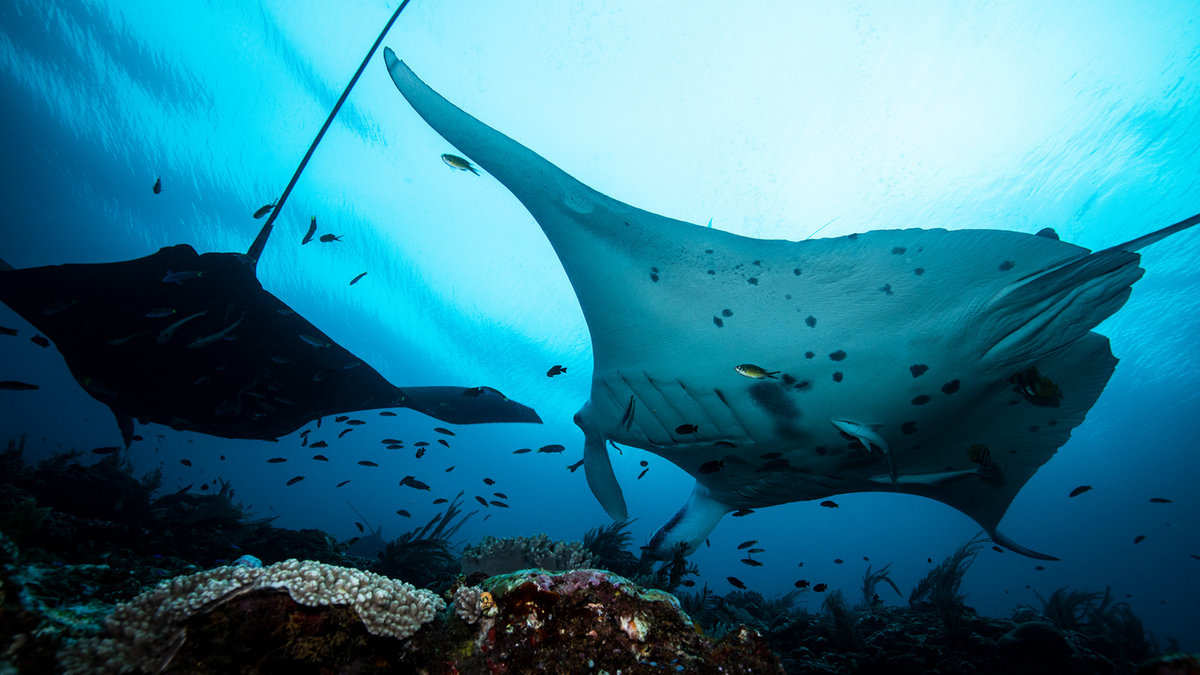
Raja Ampat – A Divers Delight!
|
|
Time to read 3 min
1% FOR THE PLANET MEMBER | HELP US HELP OTHERS.
|
|
Time to read 3 min
La Galigo has been crafted beautifully into a custom scuba diving liveaboard and was our home for 8 days.
La Galigo would take us around the central and northern dive sites of Raja Ampat. The boat itself oozes character and charm, not to mention its comforts, and 8 days was nowhere near long enough!
Raja Ampat, for the uninitiated, is an archipelago located in Indonesia’s Southwest Papua province. It spreads across the equator and forms part of the Coral Triangle.
Raja Ampat is built up of more than 1500 small islands, cays and shoals, making this marine area one of the most diverse and dynamic underwater locations in the world, and a scuba divers delight!
The weather was unseasonably wet and overcast for February, (says the locals!) so I didn’t take too many topside shots, but oh below, this is where my soul was singing!
The sites were varied, from mild, to medium and very strong currents.
The reefs were ridiculously colourful, it was like being in a cartoon! From pinks, purples, blues, oranges, yellows, and greens. The sites were super pretty!
The sea life was abundant and healthy and harmonious.
Schools upon schools of fish, from teeny bait fish to large species like sweetlip and trevally.
Thousands of gold banded fusiliers swaying in the water, as one, like watching a ballet on point!
One particular dive site, Manta’s Ridge, is where giant 5 metre oceanic mantas are well known to frequent. And on this day, they entered the site like they were entering a stage.
Literally, it was like the first manta, ‘the director’ came out first to check the crowd had arrived, and then just moments later a line-up of manta rays, both reef and oceanic, entered from stage left. Two, three, four, five, six, seven... more and more appeared, to start the show.
They continued to gracefully swim around us, getting so close we could see every mark and freckle on their bellies. Not bothered at all by our presence.
They let the current hold them still as they took full advantage of the mutually beneficial, symbiotic relationship they hold with the cleaner fish that meet on site to perform this very important service!
This particular dive site is well known for its strong currents, and just as briefed, we were hooked on to the rock wall to ensure we didn’t take off. The currents are so wild you literally disappear into the blue if you let go, or your hook comes off. So, hold on (with camera in hand!).
Each dive briefing had a section on the whiteboard for ‘Mild’, ‘Medium’ and ‘Strong’ and it was rarely marked as mild!
This made for some fun and challenging diving, especially holding onto my large camera kit. On strong current dives, it really does add a whole other level of skill, buoyancy control and leg work navigating the current whilst trying to get the shot (and not trash your camera!)
There were so many wonderful moments on this dive trip. From the fields of coral at Melissa’s Garden, an anaconda sized giant eel at Eagle Rock, to Black Rock drift diving, massive schools of fish in the sun’s rays at Batu Rufus, hiking to epic views at Penemu and Mt. Pindito lookouts to swimming in the crystal clear blue lagoon of Kai Biru, and so much more!
This was a bucket list destination that I will surely return to.
There is still so much more to see.
On a final note, yes, Raja Ampat is threatened by many of the same factors as other reefs…climate change, crown of thorns and human pollution. However, I am confident this marine park will continue to flourish due to its unique location and biodiversity.
That said, we all must continue to do our bit to ensure places like Raja, along with the Great Barrier Reef and all the other systems across our great planet are still here and full of life for future generations to explore and appreciate.











